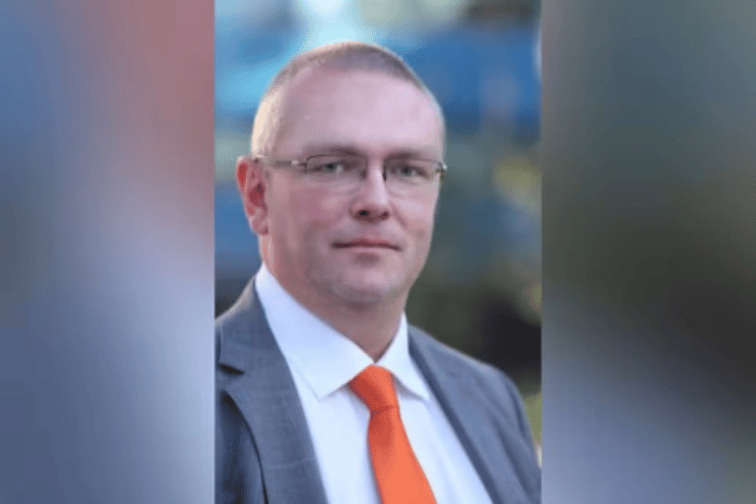

It is always a bit of a result for a trade association when a number of the key issues you are seeking to address seem to have complementary solutions. And not just because it gives you full value for each bit of work. Synergy in the responses to the challenges our market faces suggest a coherent future vision is emerging. And that, in turn, suggests that things are progressing along the right lines towards a prosperous future. Given the gloomy macroeconomic and geopolitical events at the moment, a little bit of optimism along any lines is rather welcome.
So it has comes to pass in the insurance broking world over the last few months. As the world emerges from the pandemic (hopefully); and despite the tragedy in Ukraine, the most pressing challenge we face as a society is the climate crisis. We have to manage the transition to sustainable energy sources and meet the net zero commitments made in Glasgow last autumn. And, as we have discussed in this column previously, insurance brokers will be pivotal to that effort. But it will only really work if we can find a market solution to deliver the right outcome and not be dependent on public sector investment. If sustainable business is synonymous with profitable business, then we will have really cracked it. So, we decided at LIIBA that a useful contribution we could make would be to demonstrate the potential for this in our sector.
Last year, Oliver Wyman published a study demonstrating that net zero will require an investment in green energy alone of $5 trillion per annum between now and 2030. All that will need insuring. We worked with our members to establish an average ratio of insurance premium to total project costs in relevant capital programmes – offshore and onshore wind; solar etc. And this suggests that the green energy revolution will generate $125 billion in insurance premiums each year. Essentially, this means that solving the climate conundrum could potentially double the size of the London market. Insurance at its best – profitable businesses delivering the answer to society’s biggest questions.
Which brings me to that synergy. Another pressing issue is the need to help the market recruit from a more diverse talent pool. We all recognise that we have an ageing workforce in London that is not very representative of our wider society. At LIIBA, we have been running a number of initiatives to help address this – and to give the SME businesses that form the heartland of our membership the chance to participate in schemes they could never afford to run on their own. We have had a cohort of school students specialising in science, engineering, technology and maths come for a week-long course on how the insurance industry would react to a cyber event. And we worked with Prince’s Trust to give a group of people between the ages 18 and 30 a two-week induction about how to “get into insurance”. Both exercises have been hugely rewarding for everyone involved and, as was the primary objective, have created two groups of people with no previous experience of our industry who are now actively seeking a career in insurance (indeed a number of the Prince’s Trust participants have already embarked on one). In all instances, one of the main things that has attracted these people to our market is the social good we do. These are young adults who want a job that is more than something you turn up to everyday and at the end of the month you get paid. They want a career that does deliver the fundamentals that lets them pay the rent, etc. but also contributes positively to society. And to our mutual benefit they have discovered they can have that in insurance.
This is a message we do not get out enough beyond the boundaries of our EC3 bubble. Our ability to bring market solutions to society’s biggest problems is something we need to make government more aware of – so that they can support our role with more appropriate regulation and tax policy. And it is the key USP we have with the next generation of talent – the thing that will make insurance more attractive to them than other areas of the financial services industry. And it is at the core of LIIBA being able to resolve multiple issues with one piece of work. What is not to like about that?
